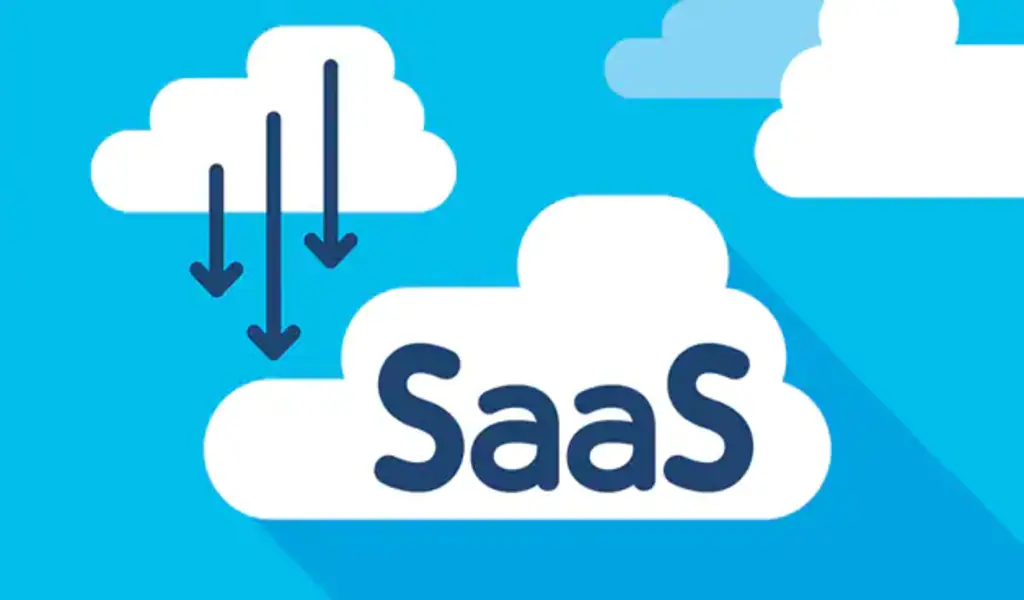Tech
What is SaaS? Let’s Explain

There’s no expensive hardware to install; you don’t buy and deploy Software in every nook and corner of your enterprise. With an internet connection, you can access the network, the infra, the platform, and the Software, from anywhere, anytime. Businesses of all descriptions swear by it. Google Workspace, Slack, Shopify, or Hubspot are universally acclaimed, but the cloud technology that delivers these services eludes you. It goes by the name Software as a Service or SaaS.
SaaS: What Is It? Who Delivers It? And, How Do You Access It?
SaaS is a bouquet of IT services provided by a third-party vendor. The maintenance, security, and feature upgrades are the vendor’s responsibility. The client or customer subscribing to the service pays a licensing fee and operates on a pay-as-you-use basis.
Instead of on-premise servers, the software shifts to external servers accessible through a web browser over the internet by clients who register and pay the fee for the service.
The SaaS source code, upgrades, and maintenance are the property and priority of the vendor. At the same time, the client accesses the vendor’s technology and tools to operate the business and store data, either locally or in the cloud (external servers) or both.
Experts describing how to build saas software clarify that we can bifurcate SaaS applications into two distinct classes – vertical and horizontal SaaS solutions. The vertical SaaS application creates software solutions purpose-built for a specific niche or industry like Banking, Insurance, or Healthcare. Investment Banking, Real Estate, Restaurant Management, and Health Assurance Plans are examples of SaaS verticals.
Horizontal SaaS delivers Software operating models that satisfy a business need and work in any industry. Salesforce CRM and Hubspot Marketing are SaaS Horizontals.
The SaaS Advantage: What’s In It For Businesses?
Larger companies could boast of resources and deep pockets to undertake massive hardware makeovers and Software upgrades beyond the reach of small businesses.
Traditional on-premise Software is slow-moving and inefficient, unlike DaaS software that’s cloud-hosted and well equipped to facilitate remote working.
SaaS levels the playground for all entities and brings high-quality IT services within reach of all clients.
Anybody having a SaaS subscription gains access to tools like email, bulk messaging, partner collaboration platforms, employee productivity suites, customer relationship management software, payroll management, sales and billing, and human resource-content-data management tools.
Whether you’re a skilled professional, entrepreneur, consultant, or SMB, SaaS elevates the sophistication of the technology and tools at your fingertips, giving you a massive performance and productivity boost.
With SaaS, you can inexpensively delegate software applications development and maintenance responsibilities to a third party while you focus on making your brand number one in the niche.
The 5 Biggest Takeaways Of Implementing SaaS Solutions
1. In the SaaS model, the vendor takes responsibility for security, maintenance, and software upgrades – costs that are recoverable from client subscriptions and licensing fees. Startups and small entities can save initial capital costs on hardware and Software.
2. Growth and productivity are indelibly linked to technology and tools growing in sophistication. SaaS accelerates innovation by equipping startups and businesses with an array of high-performance tools and cutting-edge technology.
3. Big Data Analytics, the Internet of Things (IoT), and Artificial Intelligence (AI) are potent drivers behind modern strategic thinking and marketing campaigns. SaaS tools help companies use trending technologies to innovate new products and elevate CRM to the next level.
4. A valuable SaaS takeaway for businesses is customization, which builds ecosystems catering to the unique needs of companies:
- Management can create and control collaborative workspaces where employees work with varying levels of access control. Role-specific, situation-oriented interfaces can undergo modification to suit the needs of workers and the management.
- The dashboard can present a birds-eye view of dynamically updating performance reports tailor-made for periodic monitoring.
- Various applications can improve communication and collaboration through application programming interfaces (APIs).
5. It’s normal for a business to upscale a particular product deployment or downsize underperforming areas if only to conserve valuable resources. SaaS brings scalability to companies. SaaS automatically stretches resources when demand grows and normalizes when operations slow down. The client billing is only for the applications in use and not for the capacity that remains idle.
Conclusion
Companies realize that operating with a silo-mentality is a losing proposition. Today, startups adopting SaaS solutions are billion-dollar behemoths piercing the stratosphere of business success.
Successful companies team up with the right technology partner to innovate that singular idea that makes them rule the markets in their niche.
SaaS is living proof that business innovation can flourish and enrich markets using the best technology and tools offered and at an affordable price within easy reach of the SMB.

























